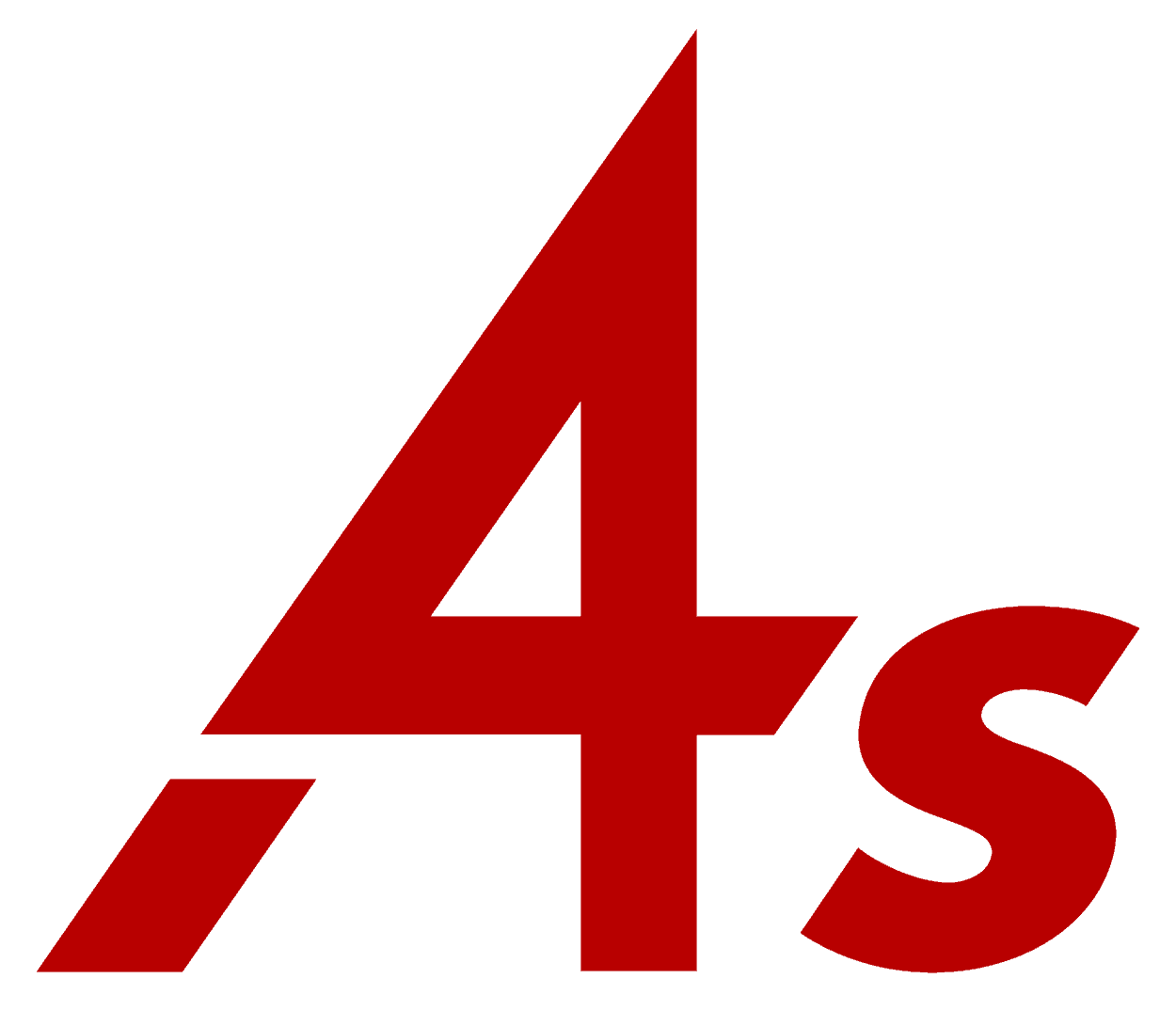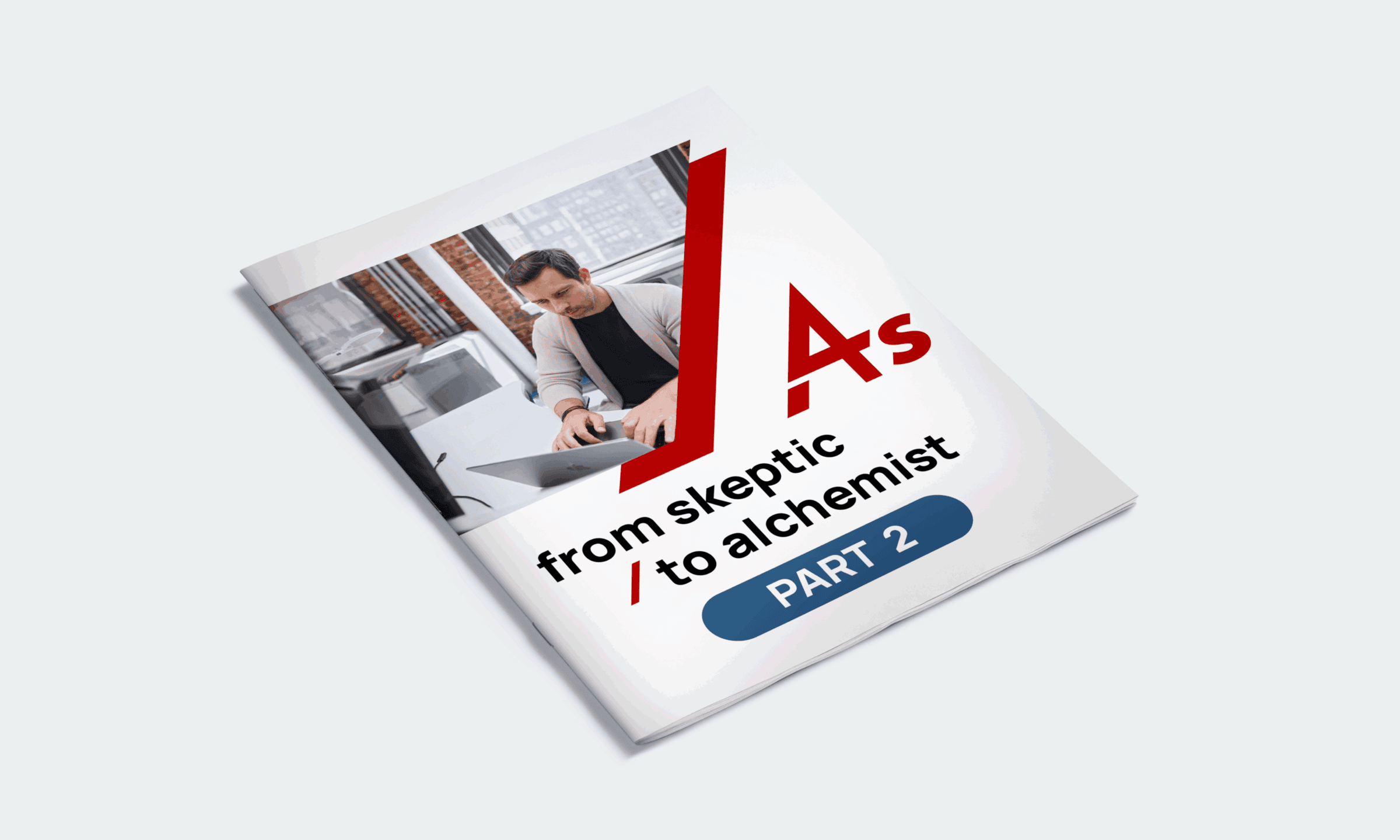Author
Jeremy Lockhorn
SVP, Creative Technologies & Innovation @ 4As
Topic
- Artificial Intelligence
One of the most common questions we hear from agencies is, “What is everyone else doing with AI?” But the question behind the question is: How are we doing compared to our peers?
And right now, that question is getting louder. AI has become a bit of an arms race in advertising. Some agencies are pulling ahead—redefining roles, amplifying output, and unlocking new forms of value. Others are stumbling, unsure how to integrate AI meaningfully or struggling with internal resistance. This isn’t about company size or throwing a lot of money around. It’s a moment where leadership, strategy, culture – and a willingness to experiment – will separate the fast movers from the left-behinds.
To navigate it all, we need a new kind of map—one that charts not just where we are, but how to move forward. Enter the 4As AI Maturity Map, designed to do exactly that.
Advancing Maturity
Six Building Blocks Every Agency Needs
The framework outlined in Part 1 should help identify logical steps to get to the next stage of maturity across each dimension. But importantly, we believe there are even more fundamental building blocks that are crucial components for all agencies implementing Gen AI. We call this the non-negotiable AI Hygiene Kit:
- AI Manifesto: Define your philosophy and establish your north star—what your agency believes about AI’s role in creativity, media, analytics, ethics, and innovation. This is useful for internal culture and external positioning.
- AI Policy: Clarify acceptable use, disclosure requirements, privacy risks, data security controls, how to navigate copyright issues, etc. Avoids future “oops” moments.
- Governance Structure: Assign ownership. Who vets tools (and their T&Cs), tracks usage, and manages contracts? Establishes accountability without killing momentum.
- Tool Access & Budget: Free tools won’t scale. Build a plan for investment.
- Performance Measurement: What does success look like—time saved, quality, client impact? You can’t optimize what you don’t track.
- Training & Upskilling: Ongoing investment in prompt literacy, critical evaluation, tool fluency. Build confidence and capability across the team.
Tactical Plays by Maturity Level
You can apply the AI Maturity Map as a heatmap of sorts. Use it to zoom in on each pillar and determine which actions will move the needle. Here are a few highlights:
| Dimension | If You’re Just Starting | If You’re Already Moving |
|---|---|---|
| Vision & Vibe | • Conduct a leadership workshop to align on AI expectations and fears • Develop your AI philosophy and core principles •Assign an “AI Council” | • Openly celebrate AI wins – and failures • Embed AI KPIs into org-wide objectives and key results • Empower AI Council to ruthlessly attack “dumb work” and rethink everything |
| Human + Machine Muscle | • Create safe space for use case sharing • Survey teams on how they’re using AI today | • Launch internal AI training paths by discipline • Create a shared prompt library • Rotate team members through "AI apprenticeships" in ops, creative, etc. |
Tool Stack & Tinkering | • Audit what tools are already in use (and identify what may be duplicative) • Develop tech investment plan and strategy for recouping those costs | • Build a secure internal sandbox for experimenting with advanced use cases, APIs and agents • Develop custom solutions unique to your agency and client needs • Evaluate ROI of existing AI subscriptions |
| Use Cases & “The Work” | • Audit existing workflows and identify 2–3 tasks to accelerate with AI tools; begin pilot programs • Determine strategy for client disclosure | • Package an AI-enhanced case study for awards or press • Determine impact on business and pricing model |
To get more specific guidance on how to advance to the next stage, use our self-assessment tool and explore personalized recommendations for growth.
The Human + Machine Collaboration Spectrum
One of the things that makes AI so challenging is the wide variety of use cases that could be impactful to the agency business. Determining which use cases can best enhance (or reinvent) the secret sauce that your agency brings to the party is a crucial step that requires experimentation, careful analysis and a framework to help understand the different modalities of humans + machine collaboration.
The table below is loosely based on the self-driving vehicle world, which has established its own “levels of autonomy” model. Level zero is no AI at all, which is probably not a realistic expectation both in the modern vehicle world and most definitely an outlier in the agency world. Level 5 is steering wheel optional.
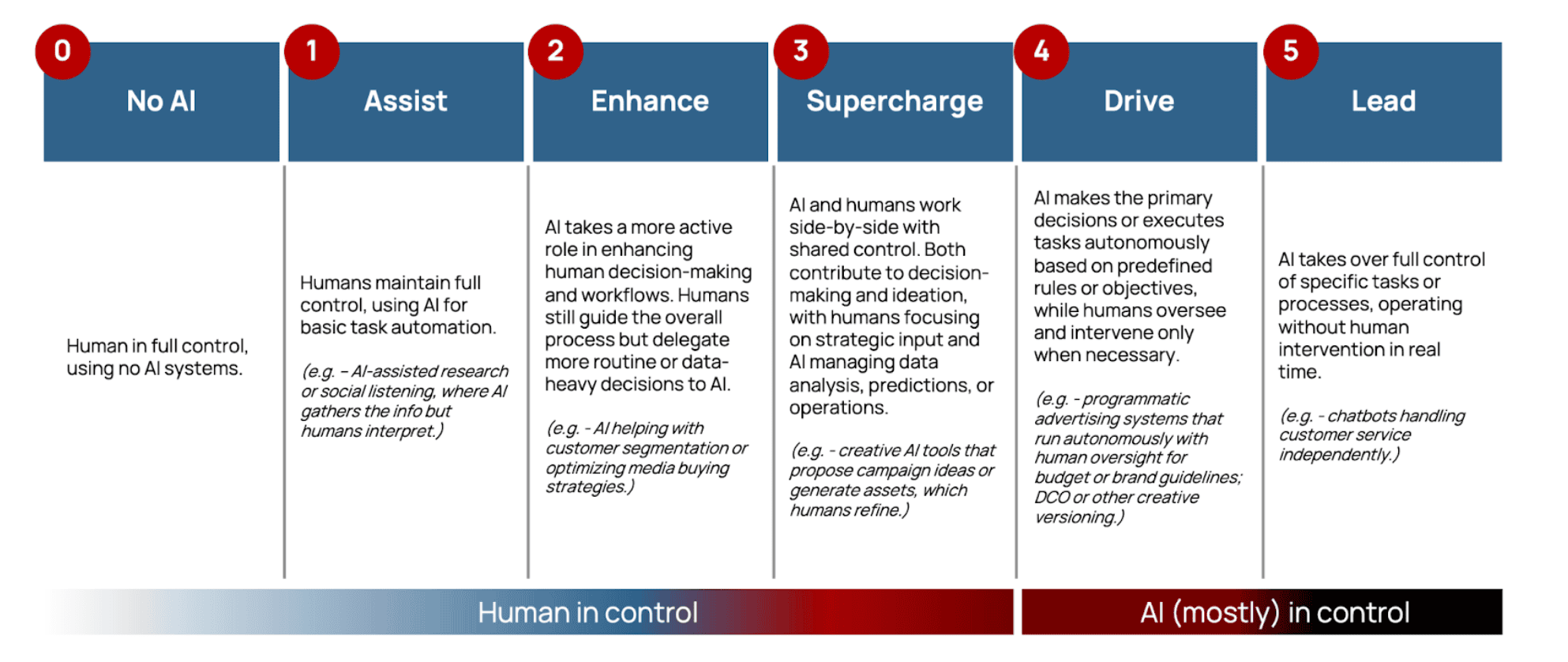
This spectrum can help agencies map common tasks across the model to understand how to best enable human + machine collaboration at each stage and within common workflows. It can also be a useful tool in client conversations to help illustrate HOW exactly AI is being used, why the human element remains important, and to lay foundations for discussion on AI enhanced productivity.
The spectrum model can be applied across disciplines to help define AI’s impact on workflows at the department or craft level. Below is a sample that represents a hypothetical model – it will vary by agency but again should be a useful framework to employ for your business.
| Discipline | Assist | Enhance | Supercharge | Drive | Lead |
|---|---|---|---|---|---|
| Strategy | •AI-generated trend reports •Social listening summaries | •AI-assisted audience segmentation •SWOT analysis draft generation | •Collaborative brief development with AI prompt refinement •Scenario planning co-generated with AI | •Automated research summaries with human approval •Persona development based on large data inputs | •Fully AI-generated competitive audits •Ongoing trend tracking without human trigger |
| Creative | •Image upscaling or background removal •Voice-to-text transcription for brainstorming sessions | •AI-generated mood boards •Headline or CTA suggestions based on past performance | •Concept generation tools that humans curate •Iterative co-writing of scripts or copy | •AI generates video cuts; humans approve brand alignment •Dynamic layout testing with minimal human oversight | •AI handles real-time copy variations •AI handles ad production from start to finish |
| Media | •Basic data pulls (e.g., CPM reports) •Automated tagging of media assets | •Optimizing media mix using predictive models •AI recommendations for bid adjustments | •Real-time campaign tuning using AI + human judgment •AI-human budget allocation discussions | •Programmatic campaigns run with AI rules •AI chooses placements within brand parameters | •Autonomous DCO deployment •AI manages pacing and budget delivery |
| Account Services | •AI-suggested email responses •Meeting notes transcription | •CRM insights for client reporting •AI-summarized campaign performance recaps | •AI drafts meeting agendas and internal prep notes •Client Q&A assistant with real-time support | •AI handles basic client reporting •AI monitors and reports on project progress, follows up | •Chatbot fields client FAQs independently •AI manages meeting scheduling and follow-ups |
Read Part 1 and Part 3 of the series.
Related Posts

01/08/2026
The Human Advantage: How Talent and Upskilling Drive Value in the AI Era
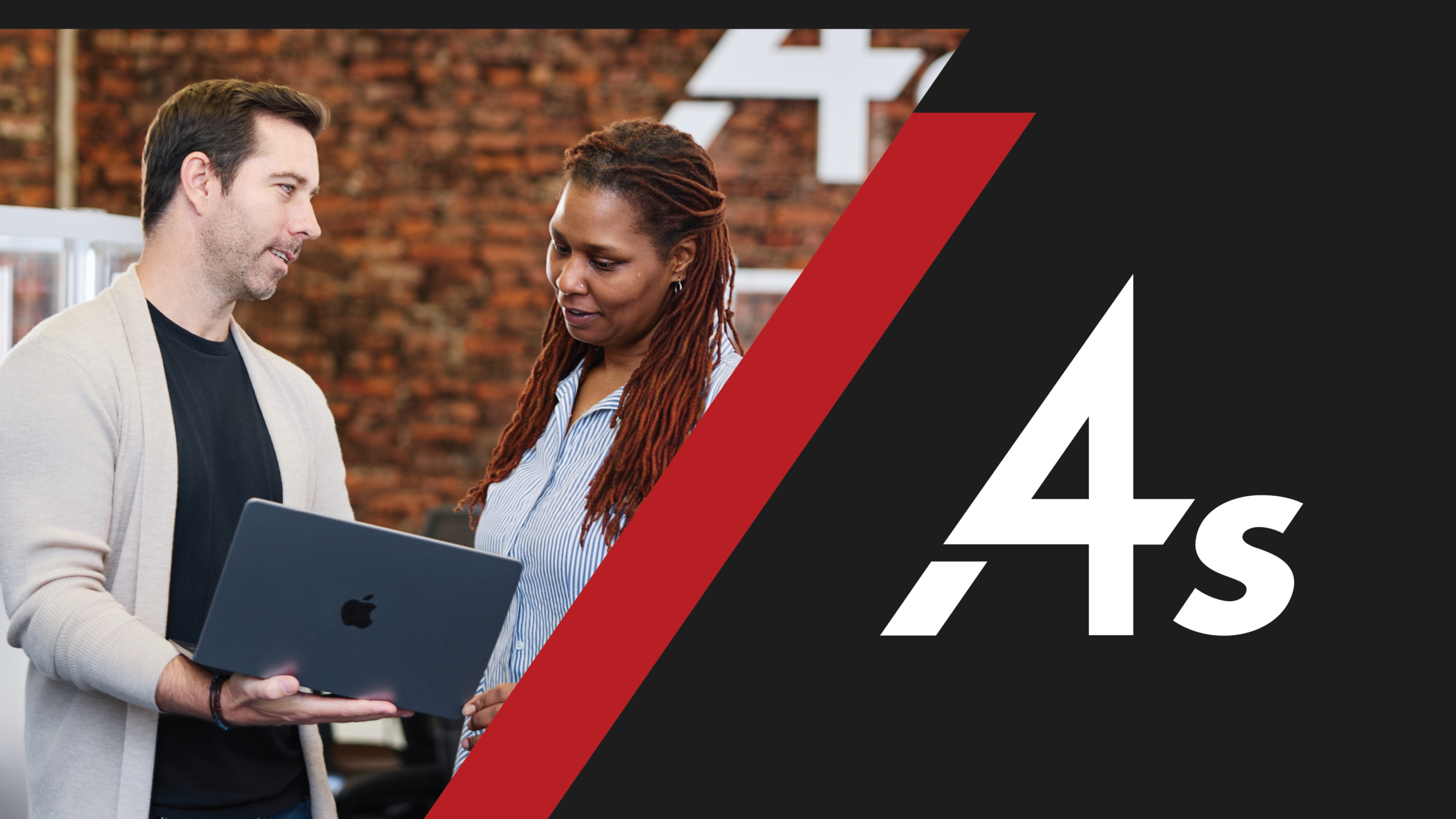
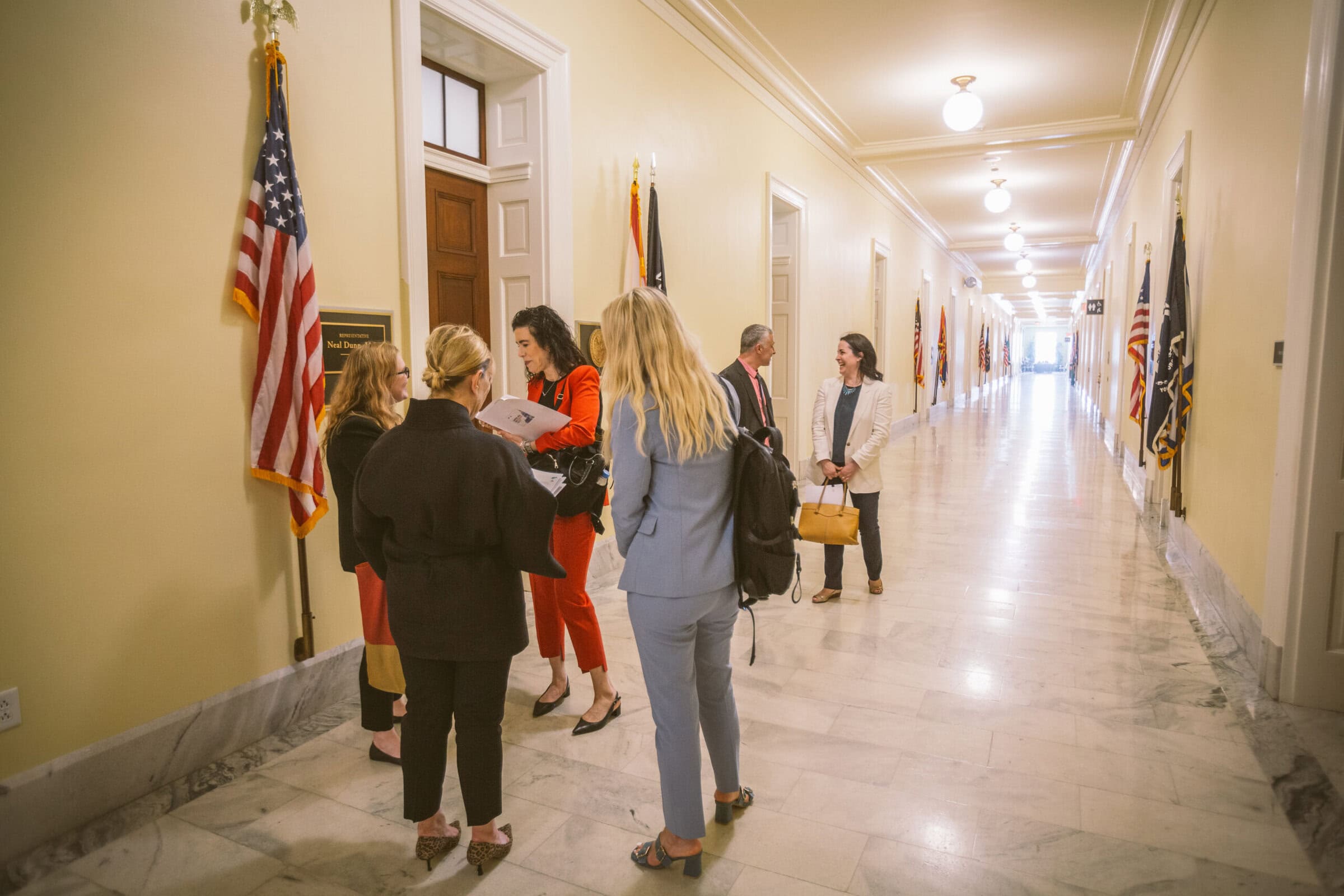
12/17/2025
